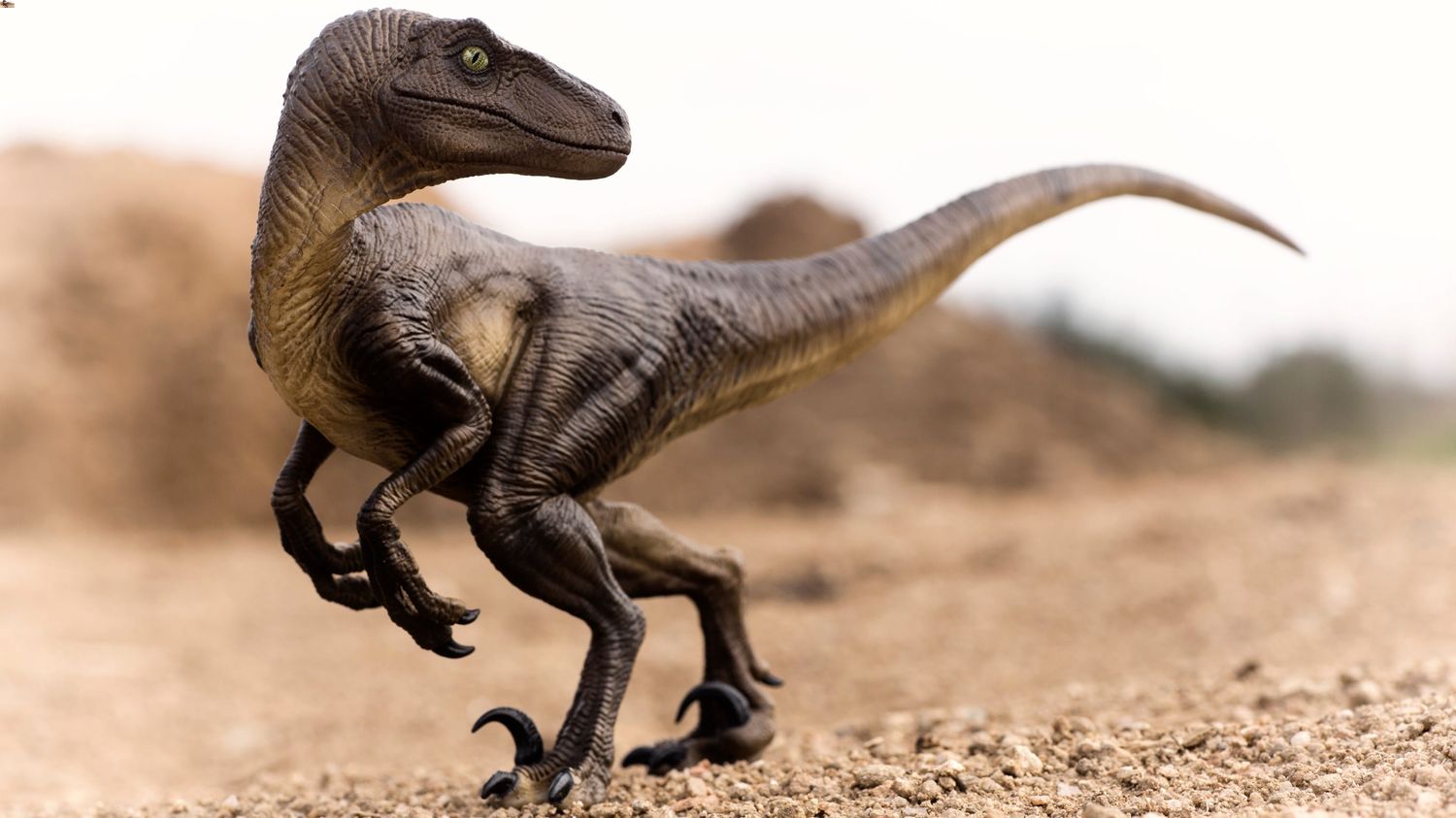
Did you know that the Velociraptor was only about the size of a turkey? Despite what Hollywood might show, these dinosaurs were much smaller than their movie counterparts. Velociraptors roamed the Earth around 75 to 71 million years ago during the Late Cretaceous period. They were fast, agile predators with a keen sense of smell and sharp claws. Their name means "swift thief," which perfectly describes their hunting style. Fossils have been found mainly in Mongolia, giving us a glimpse into their ancient world. Unlike the scaly creatures often depicted, Velociraptors likely had feathers, making them more bird-like than reptilian.
Velociraptor: The Speedy Predator
Velociraptors have captured imaginations since their portrayal in movies. These fascinating creatures roamed the Earth millions of years ago. Let's dive into some intriguing facts about these speedy predators.
-
Velociraptors lived during the Late Cretaceous period, around 75 to 71 million years ago.
-
They were not as large as depicted in movies. Velociraptors were about the size of a turkey, measuring around 6.8 feet long and 1.6 feet tall at the hip.
-
Despite their small size, they were fierce predators, using their sharp claws and teeth to hunt.
-
Velociraptors had a large, sickle-shaped claw on each hind foot, which they used to slash at their prey.
Intelligence and Hunting Techniques
Velociraptors were not just about speed and claws. Their intelligence and hunting strategies made them formidable predators.
-
They had a relatively large brain for their body size, suggesting they were quite intelligent.
-
Evidence suggests they may have hunted in packs, similar to modern wolves.
-
Their keen sense of smell helped them track down prey.
-
Velociraptors likely used their agility and speed to ambush prey, rather than chasing them over long distances.
Physical Characteristics
Understanding the physical traits of Velociraptors helps paint a clearer picture of these ancient creatures.
-
Velociraptors had feathers, much like modern birds. Fossil evidence shows quill knobs on their forearms, indicating feather attachment.
-
Their bones were hollow, making them lighter and more agile.
-
They had a long, stiff tail that helped them maintain balance while running and making sharp turns.
-
Velociraptors had a strong, curved neck and a flat, elongated snout filled with sharp teeth.
Fossil Discoveries
Fossil discoveries have provided valuable insights into the life of Velociraptors.
-
The first Velociraptor fossil was discovered in the Gobi Desert of Mongolia in 1923.
-
One of the most famous fossils is the "Fighting Dinosaurs" specimen, which shows a Velociraptor locked in combat with a Protoceratops.
-
Fossils have been found in both Mongolia and China, indicating they lived in a variety of environments.
-
The name Velociraptor means "swift thief," reflecting their agility and hunting prowess.
Pop Culture Impact
Velociraptors have left a significant mark on popular culture, thanks to their portrayal in movies and books.
-
The 1993 film "Jurassic Park" popularized Velociraptors, though the movie's depiction was not entirely accurate.
-
In reality, the dinosaurs in "Jurassic Park" were more similar to Deinonychus, a larger relative of Velociraptor.
-
Velociraptors have appeared in numerous video games, TV shows, and books, cementing their status as iconic dinosaurs.
-
Despite inaccuracies, their portrayal in media has sparked interest and curiosity about paleontology and dinosaurs.
Misconceptions and Clarifications
There are several misconceptions about Velociraptors that need clarification.
-
Velociraptors were not as large as depicted in movies; they were much smaller and feathered.
-
They did not have the ability to open doors, as shown in "Jurassic Park." Their intelligence was high for a dinosaur, but not to that extent.
-
Velociraptors were not the apex predators of their time. Larger dinosaurs like Tyrannosaurus rex held that title.
-
They did not hunt humans, as humans and dinosaurs never coexisted. Dinosaurs went extinct around 65 million years ago, long before humans appeared.
The Legacy of Velociraptors
Velociraptors continue to fascinate scientists and the public alike. Their legacy lives on through ongoing research and discoveries.
-
New fossil discoveries continue to provide insights into their behavior, anatomy, and evolution.
-
Velociraptors have helped scientists understand the link between dinosaurs and modern birds, shedding light on the evolutionary history of these creatures.
The Final Roar
Velociraptors were more than just movie monsters. These small but fierce dinosaurs had feathers, hunted in packs, and were incredibly smart. They lived about 75 to 71 million years ago during the Late Cretaceous period. Despite their size, they were formidable predators, using their sharp claws and keen senses to hunt. Fossils found in Mongolia and China have given scientists a clearer picture of their lives. Their name means "swift thief," which fits their agile and cunning nature. While they might not have been as big as Hollywood portrays, their real-life abilities were impressive enough. Understanding these creatures helps us appreciate the diversity and complexity of life on Earth millions of years ago. So next time you watch a dinosaur movie, remember the real Velociraptor was a fascinating creature in its own right.
Was this page helpful?
Our commitment to delivering trustworthy and engaging content is at the heart of what we do. Each fact on our site is contributed by real users like you, bringing a wealth of diverse insights and information. To ensure the highest standards of accuracy and reliability, our dedicated editors meticulously review each submission. This process guarantees that the facts we share are not only fascinating but also credible. Trust in our commitment to quality and authenticity as you explore and learn with us.
